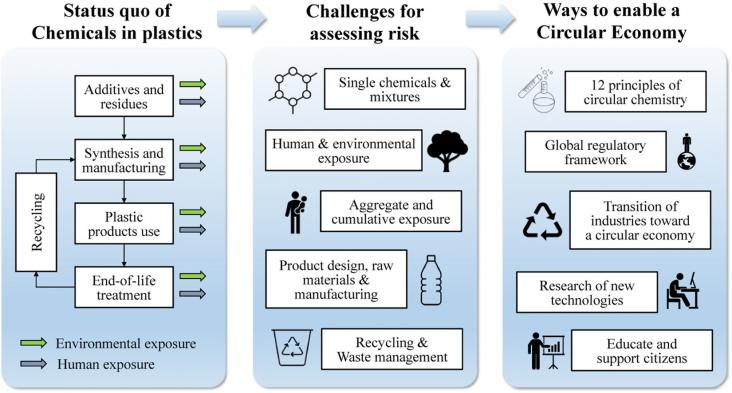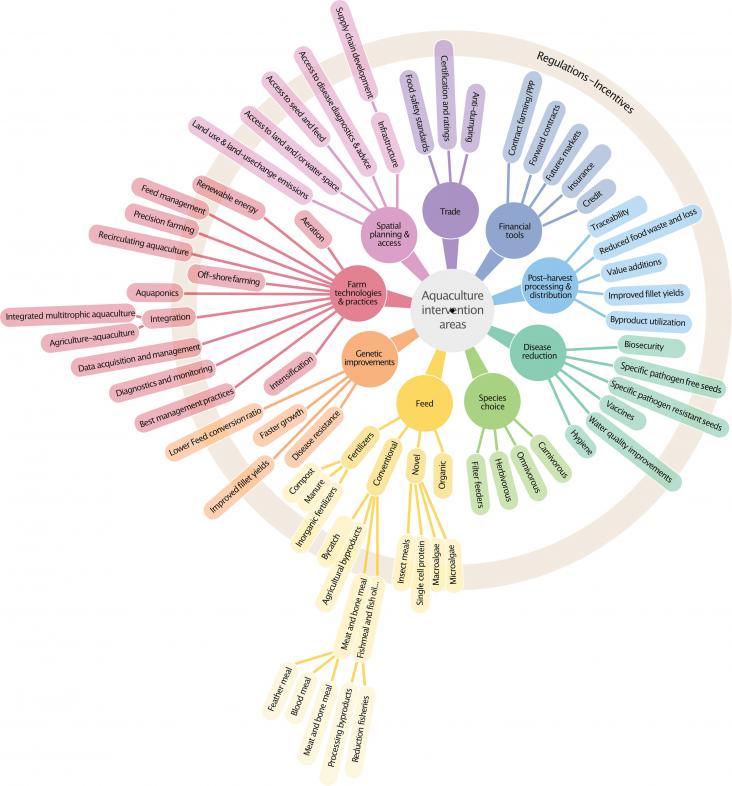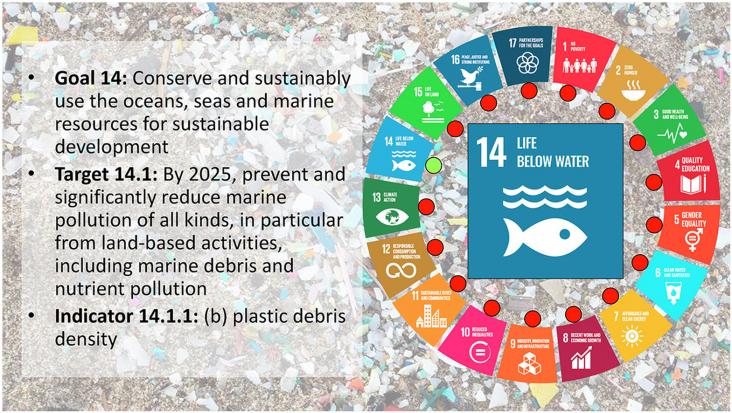
Enabling a circular economy for plastics in Europe and beyond is an ambitious goal. To reach a fully closed loop, numerous challenges and knowledge gaps need to be overcome.

The Physical Oceanography of the Arctic Mediterranean Sea, Exploration, Observations, Interpretations, 2022, Pages 433-477

Since the launch of the United Nations (UN) Sustainable Development Goals (SDGs) in 2015, the SDGs have been widely adopted by governments and corporations in an effort to improve their sustainabil
Contamination of Water, Health Risk Assessment and Treatment Strategies, 2021, Pages 265-284
